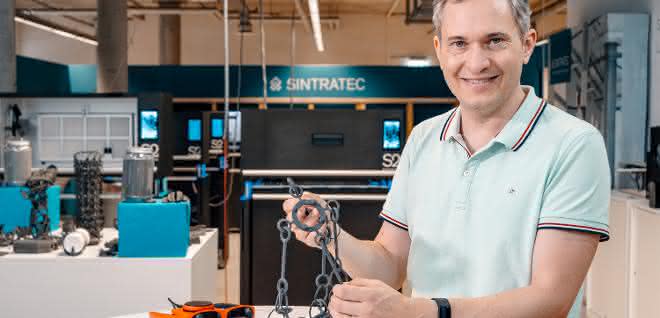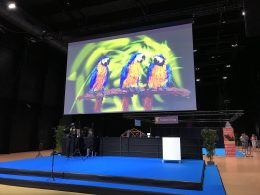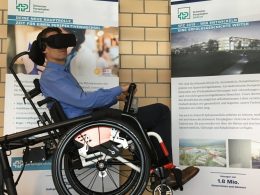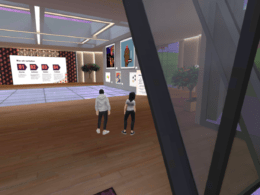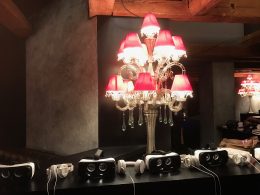At Zurich University of the Arts, augmented reality (AR) and 3D printing are being studied as possible teaching materials of the future. The combination brings advantages.
Jonas Christen is a research assistant in the Knowledge Visualization group at the Zurich University of the Arts (ZHdK). As part of a research project, his team is developing immersive teaching materials based on augmented reality. In a pilot test, secondary school students will gain a deeper understanding of the working methods of archaeology.
However, this is not only done digitally: "A pure AR application bears the risk that the pupils are distracted by the fascination for the medium and absorb little information", says Christen. That is why AR technology is combined with an analogue workbook.
Experience archaeology up close
"In the booklet, we follow the archaeological object from its discovery, through excavation, documentation and reconstruction, to the development of its possible use," explains Christen. With AR glasses, the pupils can experience the respective work steps three-dimensionally and animated on the surface of the booklet to get a better feel for the archaeologists' procedures.
In addition to the old medium of paper and the new medium of AR, the teaching material is supplemented by a third: 3D printing.
This project is specifically about a bronze object consisting of several chains and rings - a so-called chain distributor - which was probably used as an ornament for horses. The find dates back to 400 BC and was uncovered in 2014 on the Uetliberg near Zurich. With such a highly complex piece, 3D printing soon turned out to be the only viable manufacturing method to create a replica as close to reality as possible. "The 3D-printed replica serves as a visual object for the students to experience the dimensions of the find, but can also provide archaeologists with new insights into its possible use," says Christen.
So this combination of augmented reality and 3D-printed parts could well find its way into future classrooms.





